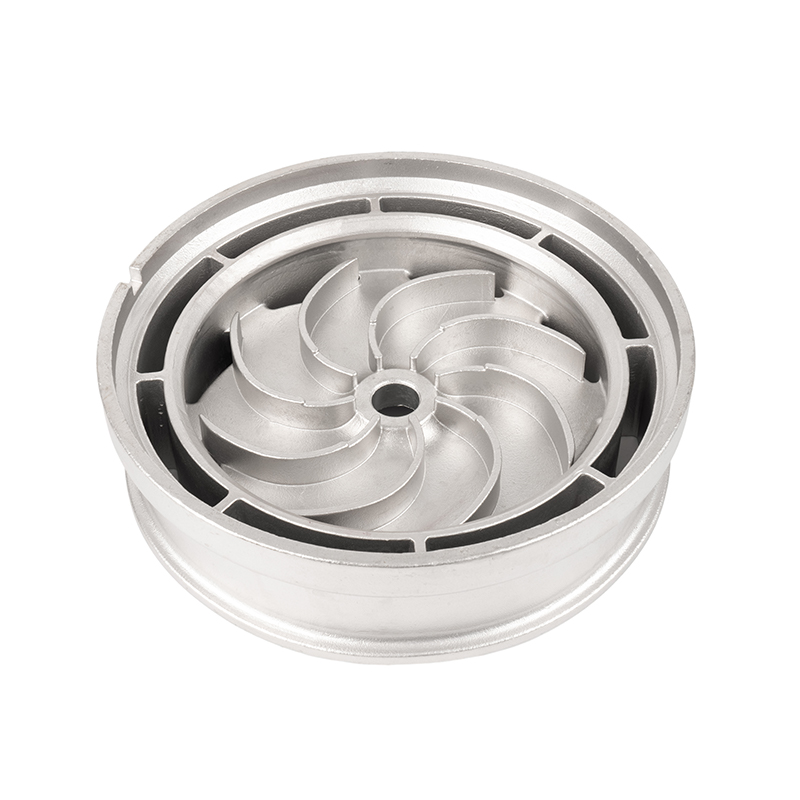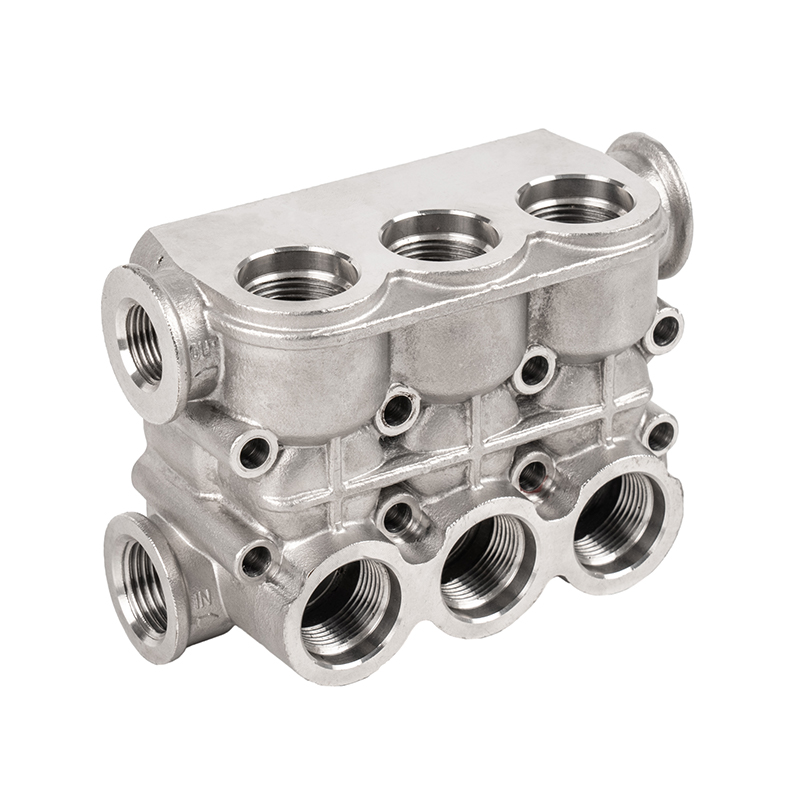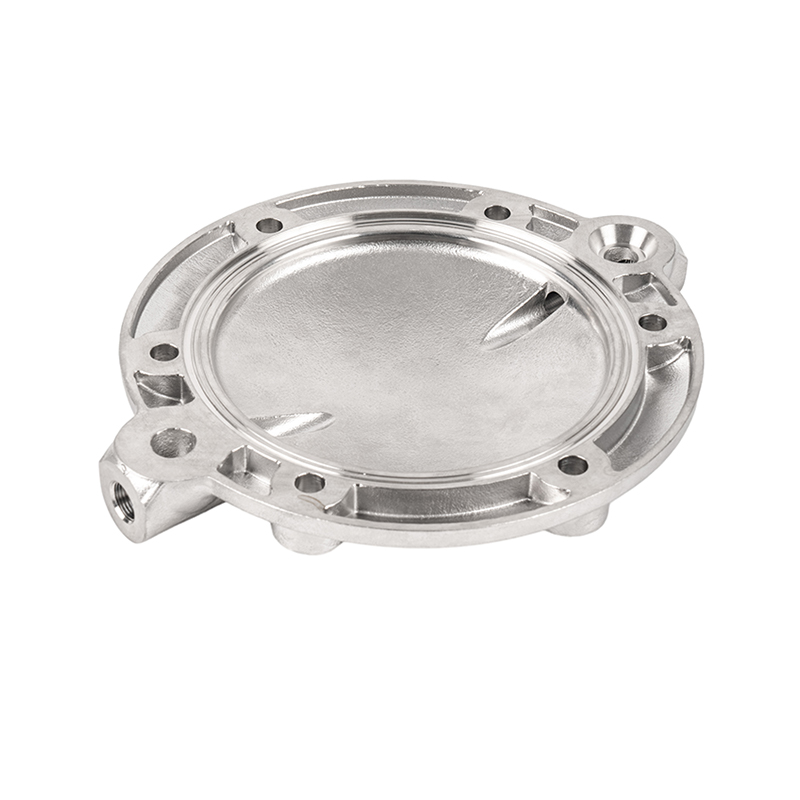What are the subsequent processing of butterfly valve castings
Butterfly valve castings are very important parts in the industrial field, and their subsequent processing is crucial to the accuracy and surface quality of the product.
The first is trimming, which is the first step in the subsequent processing of butterfly valve castings. The purpose of trimming is to remove burrs, residual sand and other bad surface defects on the castings. Trimming can be done manually or mechanically. Manual trimming is done by tools such as grinding wheels and files, which requires operators to have certain experience and skills. Mechanical trimming uses mechanical equipment such as sanding machines and cutting machines, which are efficient and precise. The purpose of trimming is to make the surface of the casting smooth and flat, providing a good foundation for subsequent processing.
The next step is sanding, which is to further improve the surface quality and appearance of butterfly valve castings. During the sanding process, abrasives such as sandpaper, grinding wheels or sanding belts are usually used to grind and polish the surface of the casting. The purpose of sanding is to remove the traces and subtle unevenness left during the trimming process, so that the surface of the casting is smoother and brighter. When sanding, it is necessary to select appropriate grinding materials and process parameters according to the casting materials and requirements to ensure good sanding effects.
Then comes machining, which is an important part of the subsequent processing of butterfly valve castings, used to achieve the accuracy and size requirements of castings. During the machining process, lathes, milling machines, drilling machines and other mechanical equipment are usually used. The specific operations of machining include hole machining, thread machining, surface machining, etc. Hole machining is to process the required hole diameter and hole spacing on the casting, usually using drilling machines, milling machines and other equipment. Thread machining is to process the required threads on the casting, usually using lathes, thread processing machines and other equipment. Surface machining is to process the plane or curved surface of the casting, usually using milling machines and other equipment. Machining needs to be operated according to the specific requirements and drawings of the butterfly valve casting to ensure the processing accuracy and quality.
After completing the machining, heat treatment is also required. Heat treatment is to improve the mechanical properties and organizational structure of butterfly valve castings, and improve their wear resistance and corrosion resistance. Common heat treatment methods include annealing, normalizing, quenching, etc. Annealing is to heat the casting to a certain temperature and then slowly cool it to eliminate internal stress and improve the crystal structure. Normalizing is to heat the casting to a certain temperature, keep it for a period of time and then cool it down to improve the hardness and strength of the casting. Quenching is to heat the casting to a critical temperature and then cool it quickly to make the casting obtain high hardness and wear resistance. When performing heat treatment, it is necessary to select appropriate process parameters and equipment according to the casting material and requirements to ensure good heat treatment effect.
Finally, surface treatment is to increase the corrosion resistance and decorative effect of butterfly valve castings. Common surface treatment methods include galvanizing, spraying, anodizing, etc. Galvanizing is to coat the surface of the casting with a layer of zinc to improve its corrosion resistance. Spraying is to spray special coatings on the surface of the casting to increase its corrosion resistance and decorative effect. Anodizing is to form an oxide film on the surface of the casting by electrolysis to improve its corrosion resistance and decorative effect.


 English
English Español
Español русский
русский 中文简体
中文简体

















